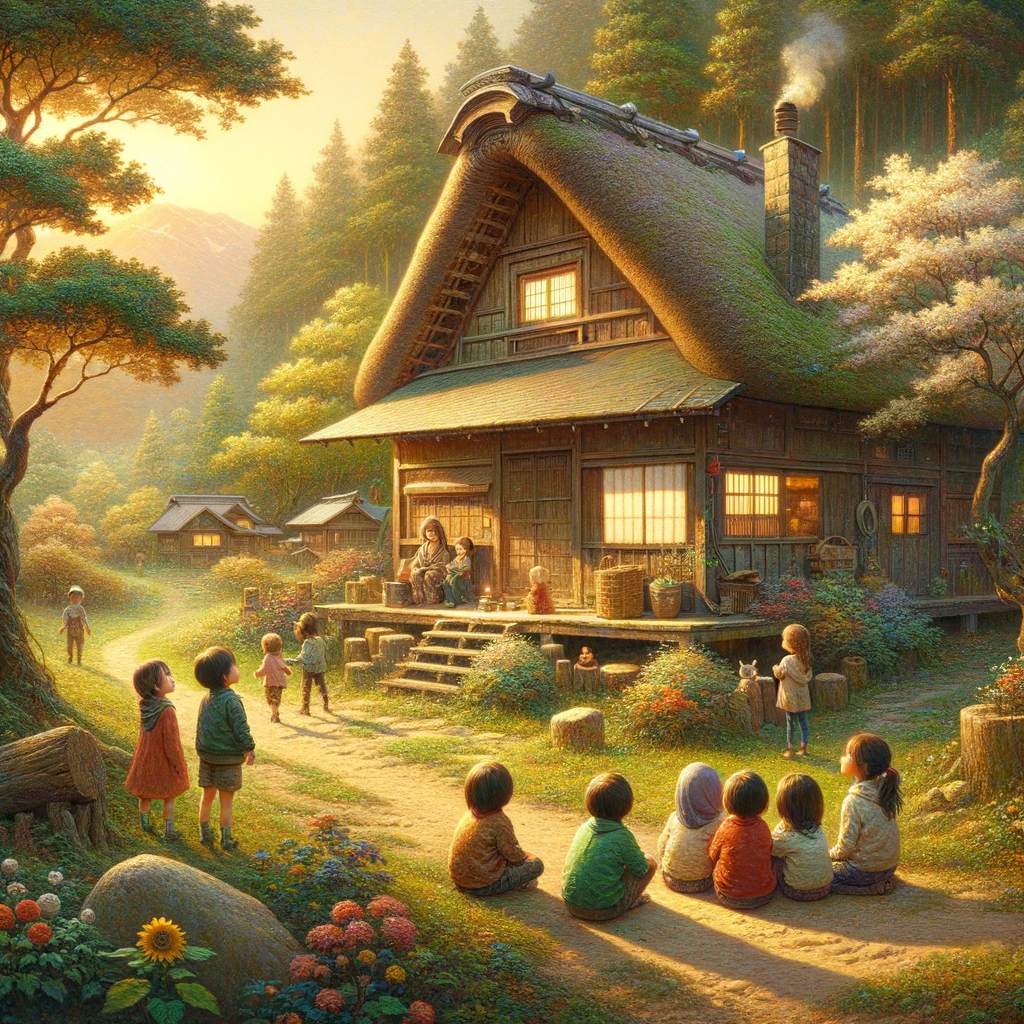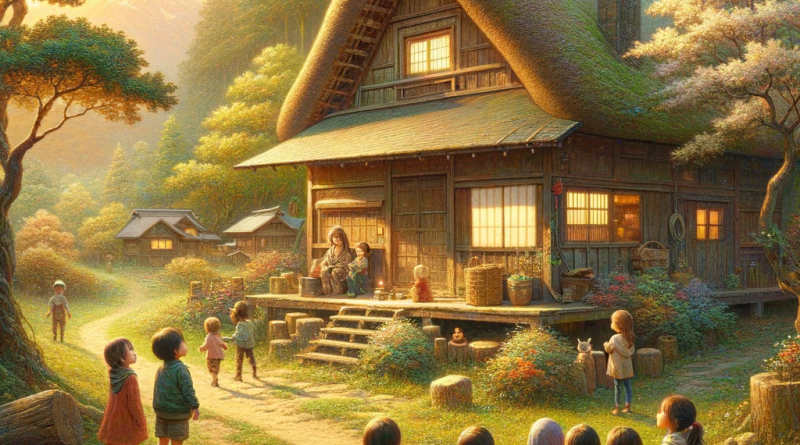Title: The Rise of Ghibli Style AI Art Exploring Creativity Ethics and Innovation

OpenAI’s AI-Generated Studio Ghibli-Style Images: Innovation or Artistic Intrusion?
Imagine turning yourself into a magical character from Spirited Away or My Neighbor Totoro—without picking up a pencil. Thanks to OpenAI’s latest multimodal model, GPT-4o, users are doing just that. The new image generation tool is sweeping across social platforms, creating dreamy, anime-style images in the essence of Studio Ghibli’s legendary art style.
How It Started: AI Meets Animation
Earlier this year, OpenAI rolled out an image generation feature into its GPT-4o platform. The tool became an overnight sensation when users started feeding it prompts for Ghibli-inspired scenes: wide-eyed children looking at forest spirits, cozy countryside homes, whimsical creatures—all rendered in the same warmth and softness Ghibli fans know and love.

A Picture Worth a Thousand Comments
OpenAI CEO Sam Altman even joined the fun, posting a Ghibli-style avatar of himself on X (formerly Twitter) with this remark:
“I spend 10 years building AI, and people message me about anime portraits. I’m good with that.”
The internet loved it. But not everyone was clapping.
Where Ghibli Draws the Line
The reactions weren’t all sunshine and Totoro cuddles. Hayao Miyazaki, co-founder of Studio Ghibli and the man behind masterpieces like Princess Mononoke and Howl’s Moving Castle, has never minced words about AI in art. In a 2016 interview, he called AI-generated animation:
“An insult to life itself.”
Ghibli hasn’t officially responded to the AI images circulating today, but Miyazaki’s stance suggests a clear philosophical divide between hand-drawn essence and algorithmic mimicry.
Artist or Algorithm: Where’s the Credit?
While playing with AI-generated anime art is fun, it touches on deeper ethical debates—especially around copyright and creativity. Visuals that replicate existing styles like Studio Ghibli’s introduce legal uncertainties:
- Was the model trained on copyrighted images?
- Does the output infringe on existing artistic IP?
- What rights do living artists have when algorithms reinvent their work?
According to The New York Times, over 400 Hollywood creatives have petitioned against major AI labs, including OpenAI and Google, for using their content in training without permission—raising concerns that go well beyond fan art.
What Makes Ghibli-Style AI Art So Popular?
Here’s a look at some key reasons users are flocking to Ghibli-style AI generations:
| Appeal Factor | Description |
|---|---|
| ✨ Nostalgia | People grew up watching Ghibli films and want to live in that world, even digitally. |
| 📸 Visual Aesthetics | The AI captures the dreamy, watercolor-like vibe—visually pleasing and highly shareable. |
| ⚒️ Accessibility | No need for pro-level drawing skills—anyone can create Ghibli-style art with a prompt. |
| 🌐 Virality | Social platforms like Reddit, X, and Instagram have amplified these images globally. |
AI Isn’t Replacing Art, But It’s Rethinking It
While AI can mimic a style, it can’t “feel” or “mean” something the way a human artist does. Miyazaki spends years perfecting every frame to evoke emotion. An AI can’t cry over a storyboard or be inspired by a sunrise. But it can offer tools and inspiration to new creators, hobbyists, and storytellers.
Infographic: AI-Generated Ghibli Art – Pros & Cons

Final Thoughts
The virality of Studio Ghibli-style AI images is more than just a trend—it’s a touchpoint for conversations about creativity, authorship, emotion, and ethics in the age of artificial intelligence. Whether you see this development as playful homage or artistic overreach, one thing is certain:
AI isn’t just rewriting code; it’s redrawing the cultural canvas.
And with great digital power comes the need for thoughtful, sometimes uncomfortable, questions about what artistry truly means.
Further Reading:
What do you think—fun tool or threat to creativity? Let us know in the comments below.
#AIArt #StudioGhibliAI #HayaoMiyazaki #ArtificialIntelligence #CopyrightInAI #CreativeTech #OpenAI #GPT4o #DigitalArtDebates #GhibliStyleAI #AIEthics #AIvsArtists
